Apple
Apple Sells 10 Billionth Song
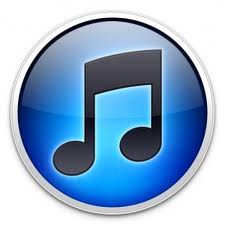 February 25, 2010
February 25, 2010
Apple announces that its has sold its ten billionth song through its iTunes Store. The ten billionth song, “Guess Things Happen That Way” by Johnny Cash, was purchased by Louie Sulcer of Woodstock, Georgia, whom Apple awarded a US$10,000 iTunes Gift Card. It took Apple over five years to sell its first five billion songs but only a year and a half to sell its second five billion songs.
QuickTake 100 Launched
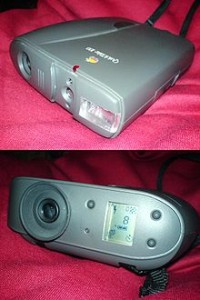 February 17, 1994
February 17, 1994
Apple launches their QuickTake 100 digital camera, one of the very first digital cameras aimed at the consumer market. Unfortunately for Apple, as was endemic for them at the time, they didn’t execute the marketing for this device very well, allowing other companies to take the lead in the digital camera market. Apple was out of the digital camera market by 1997.
Introduction of the Bandai Pippin
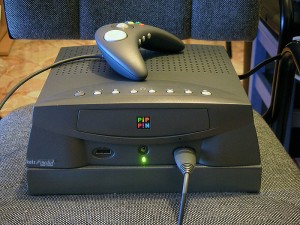 February 9, 1996
February 9, 1996
The Bandai Pippin is introduced. A little-known “multimedia device” using technology licensed from Apple Computer, it was an ill-fated attempt at a home video game console. It was 22nd on PC World’s list of the “25 Worst Tech Products of All Time”.
The Woz Leaves Apple
February 6, 1986
Steve Wozniak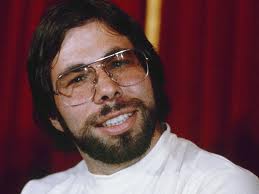 , the co-founder of Apple Computer, decides to leave to pursue other interests. Reportedly he was unhappy that the company was devoting most of its resources to the Macintosh at the expense of the Apple II. He remained a shareholder on the board and eventually come back as an advisor when Gil Amelio became CEO. He makes sporadic appearances at Apple events but still does not perform in any official capacity at Apple.
, the co-founder of Apple Computer, decides to leave to pursue other interests. Reportedly he was unhappy that the company was devoting most of its resources to the Macintosh at the expense of the Apple II. He remained a shareholder on the board and eventually come back as an advisor when Gil Amelio became CEO. He makes sporadic appearances at Apple events but still does not perform in any official capacity at Apple.
Apple Acquires NeXT; Steve Jobs Returns to Apple
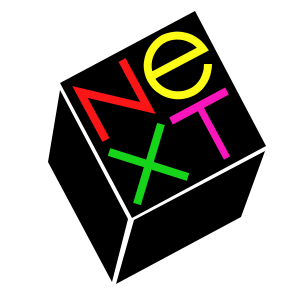 February 4, 1997
February 4, 1997
Apple Computer completes the purchase of Steve Jobs’ company NeXT for $427 million. Apple plans to use NeXT’s OpenStep OS to build the core of the next Mac operating system, eventually resulting in Mac OS X. Gil Amelio – with Steve Jobs as his advisor – makes plans to restructure Apple. Steve Jobs eventually advises Apple’s board of directors to replace Gil Amelio and hire him as interim CEO. Eventually the “interim” title is dropped and the rest is recent history.
Amelio Becomes Apple CEO
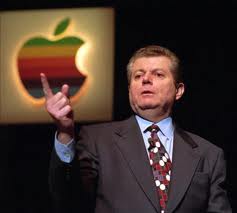 February 2, 1996
February 2, 1996
Gil Amelio is named CEO of Apple Computer, replacing Michael Spindler. He orchestrated the purchase of NeXT, the company which Steve Jobs founded after leaving Apple in 1985. Steve Jobs was brought on as a consultant to Apple and after a series of events, Gil Amelio was fired after 499 days on the job. Steve Jobs soon replaced him and has led Apple back into profitability with its iMac and G3 machines.
iPad Introduced
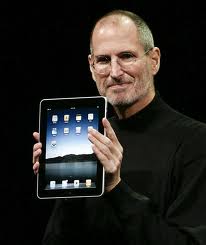 January 27, 2010
January 27, 2010
Apple introduces the iPad. The introduction of the iPad triggered the close of the PC era and marked one of the pivotal points in computing history. Solidifying the age of mobile computing, the iPad still to this day is the bar to which other tablets measure up to.
Macintosh Launched
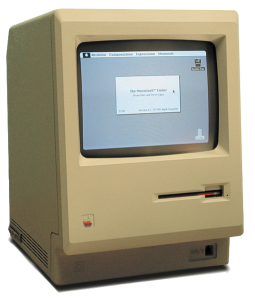 January 24, 1984
January 24, 1984
Apple Computer, Inc. launches the Macintosh computer with a demonstration of the computer in front of 3,000 people. While the Apple Lisa was the first commercial computer with a graphical interface, the Macintosh would bring graphical computing, and computing in general, to “the rest of us”, as Apple’s early slogan for the Macintosh claimed. While not as commercially successful as Microsoft’s DOS and later Windows, there is no doubt that the innovations of the Macintosh pushed the entire computing industry ahead and continue to do so to this day.
1984 Commercial Introduces the Macintosh
January 22, 1984
 Apple Computer broadcasts their now-famous “1984” commercial introducing the Macintosh, during the third quarter of Super Bowl XVIII. It was the first and last time the ad was truly broadcast. However, it is a little-known piece of trivia that the ad was aired one other time at 1 AM on December 15, 1983 in Twin Falls, Idaho, but only so that the advertisement could be submitted to award ceremonies for that year. A 30-second version also ran in theaters starting January 17, but it was the broadcast during the Super Bowl that people really took notice of.
Apple Computer broadcasts their now-famous “1984” commercial introducing the Macintosh, during the third quarter of Super Bowl XVIII. It was the first and last time the ad was truly broadcast. However, it is a little-known piece of trivia that the ad was aired one other time at 1 AM on December 15, 1983 in Twin Falls, Idaho, but only so that the advertisement could be submitted to award ceremonies for that year. A 30-second version also ran in theaters starting January 17, but it was the broadcast during the Super Bowl that people really took notice of.
I was 9 years old then and I vaguely remember seeing the commercial, but I also remember being more interested in watching the Raiders beat the Redskins at that time. It wasn’t until many years later that I actually recalled the commercial. Yet when I recalled it, it was as if I remembered that commercial all along. I guess even though I didn’t appreciate it at the time, I somehow knew that moment truly was changing the world.
Don’t Call a Lemming a Lemming
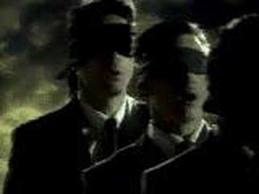 January 20, 1985
January 20, 1985
Apple airs their infamous Lemmings commercial during Super Bowl XIX to launch their ill-fated “Macintosh Office” software. The ad was widely considered a failure because the commercial seemingly insulted its intended audience. Perhaps Microsoft should study their tech history before airing any more Windows Phone commercials?

